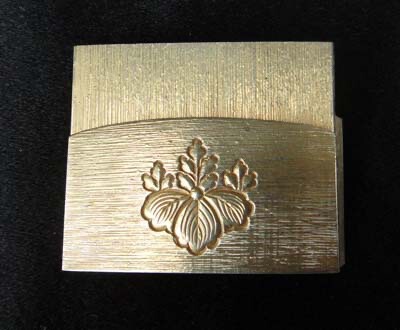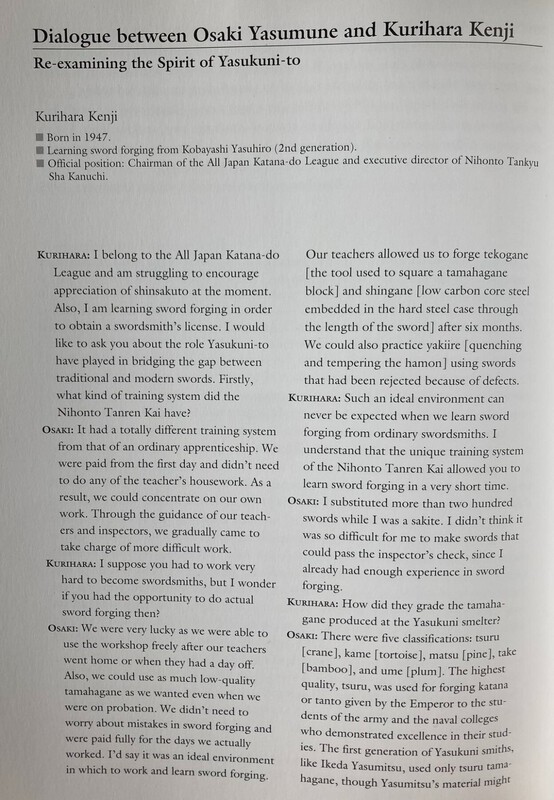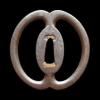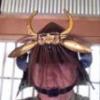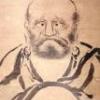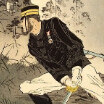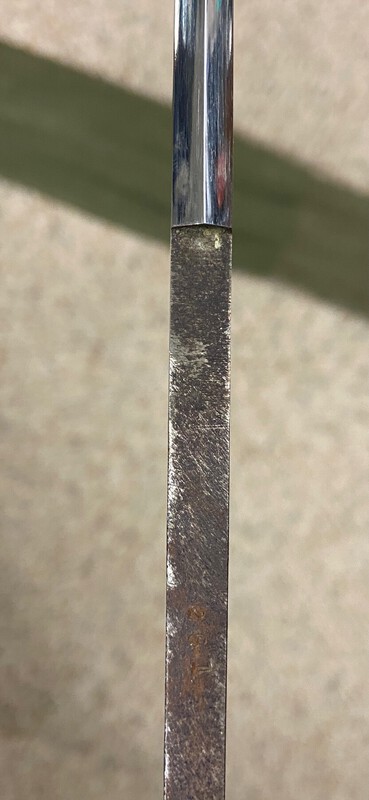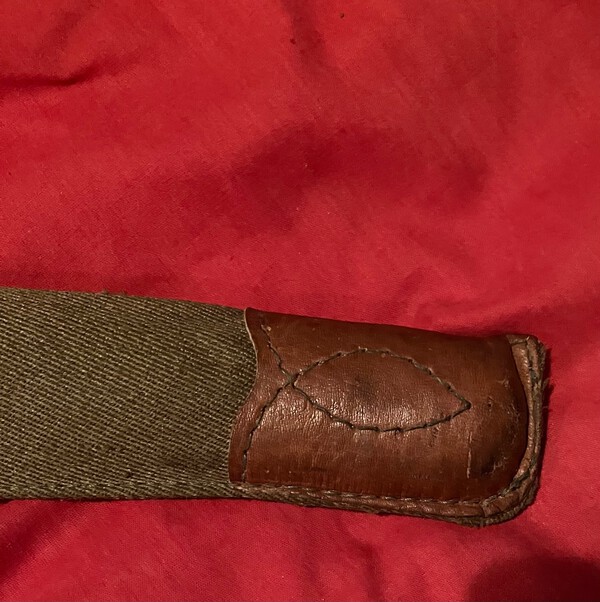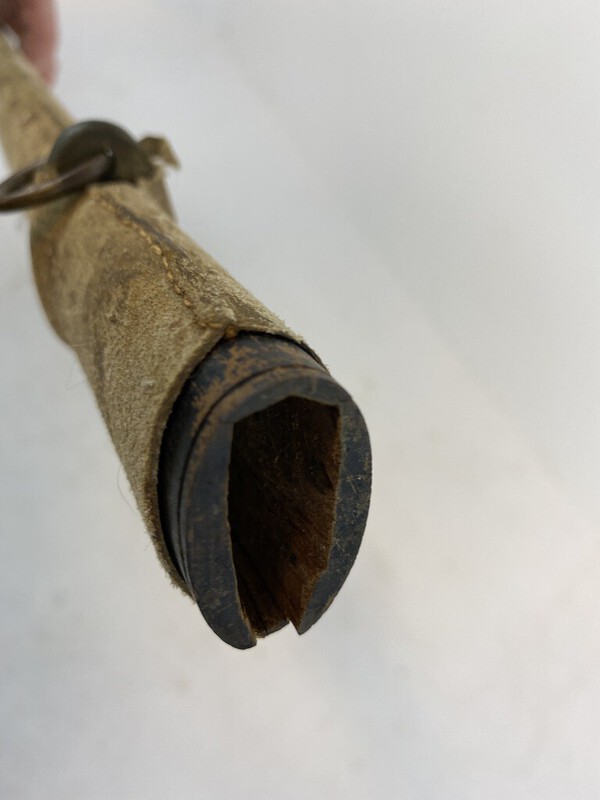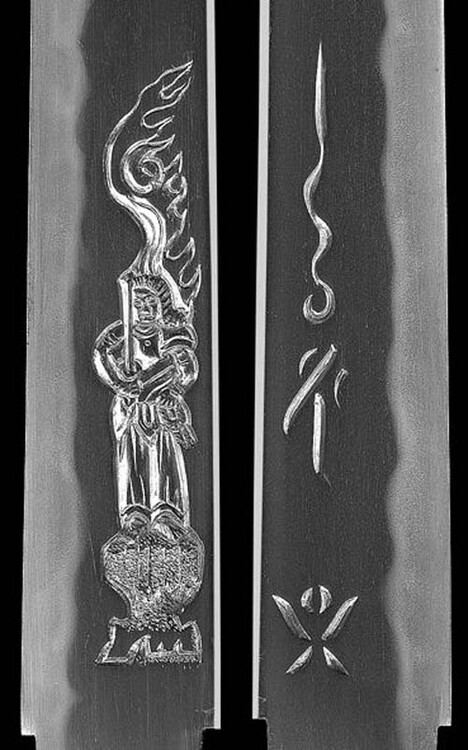Leaderboard
Popular Content
Showing content with the highest reputation on 10/16/2024 in all areas
-
Hi all, In line with improving features and services on the NMB, I am starting to make more use of modules and features we aren't using much yet. And at the same time, I want to have a place to share the works of Ford Hallam and showcase his talents as a tribute. I have set up a photo gallery in the GALLERY section for people to view and share his work. If you head here: https://www.militaria.co.za/nmb/gallery/ and scroll down, you will see an album dedicated to this subject. With the help of @Bob M. we would invite you to view some of his work. Gold members are also able to upload pictures to this section, and add a bit about them. Please take the time to explore a bit, and share with us some of the items you have. Bob has shared some of his treasures. You should be able to share comments on them too. Please also check out some of the other galleries, where we will eventually have a nice library of other topics, for people to browse and share items.6 points
-
I have some good news to share today! I received a call from the supervisor at my local USPS office to say that they "found" my sword after 4 days of it going missing, and I've just picked it up and have verified that it's undamaged. I assume that the USPS theft report an the police report that I filed helped get the necessary attention, and the USPS supervisor will also be looking into the matter of the fake delivery attempt by his delivery person. Thanks again to everyone for their helpful suggestions on addressing the situation!6 points
-
6 points
-
Estimate at the auction was Est: €1,600 EUR - €1,920 EUR November 08, 2013 I can only imagine what it would cost today! Cockerel on a drum nothing like the style we are looking for. This has the triple tomoe [mitsudomoe (三ツ巴)] on the drum head.4 points
-
I read this interview with 大崎靖宗 Osaki Yasumune, and the interviewer is 栗原謙二 Kurihara Kenji, a apprentice of the second-generation 小林康広 Kobayashi Yasuhiro. In the article, some interesting story is mentioned, where 靖宗 Yasumune talks about"In fact,we use oil to soften the blade after water quenching to improve it's flexibility.And this method was invented by Dr.Kuto Haruto 工藤治人(The chariman of Yasuki Steel Mill Company 安來鋼製作所 ).It was certainly a better method for cooling down the entire blade more evenly than the traditional method."4 points
-
4 points
-
3 points
-
The 2 above show the stage, drum, curtain etc for a gagaku performance. out of interest I owned the lower (brass) one in Dale’s image above. Sold it over twenty years ago. Bought if for £100 from memory. Those days long gone!3 points
-
George, bamboo is readily available in Japan so I don't think that a lack of it was the cause for this rivet. By the way, it would not be a big thing to remove the rivet if you have a basic workshop equipment. Going carefully is the way.3 points
-
Memory cell has sparked…..I sold it through Sothebys Bond Street eons ago and it was bought by the (late) Barry Davis…a Mayfair based Japanese Art dealer with a stunning gallery. He was sitting near me in the sale and I heard him say something like…”when you see one like that you’ve got to buy it” . It was actually more like 35 years ago and I believe I did quite well on it🙂. The image above does not do it justice. Memories of exciting times.2 points
-
Hi everybody I am new on your forum. I have been collecting military items for 30 years, mainly World War 2 aviation items. Years after years I discovered tsubas and Samuraï armors in museums and found in love with them. I took me many years before starting buying some items as I first tried to obtain informations in books and auction catalogs to see what I really like, what I would be able to purchase and get some knowledge. Thanks for accepting me.2 points
-
2 points
-
2 points
-
From the pictures, drilling it out wouldn't be difficult at all. Center punch with a freshly sharpened punch, clamp it well, then drill it out in a drill press with a short stiff bit such as a center drill somewhat smaller than the pin diameter, which will be far less likely to flex and wander. After that, depending on how it looks, either step up the bit diameter until you've basically got a hollow thin walled tube, which will flex and crush rather than mark the ana, then pull it out from the backside, or just cut out the rivet head on the side you drilled with a countersink and drive it out gently. The first if the pin section of the rivet is deformed and bent, the second if it's straight. Don't try to drive a bent pin through a straight hole. I have unpinned many straight razors with this method, and the pin diameter on those is only 1/16" or about 1.5mm, so the amount of real estate you would be working with here is massive in comparison.2 points
-
2 points
-
2 points
-
RCIN 17722 - Model of a cock on a drum (kankodori) (rct.uk) Quote: Japanese legend tells of a ruler who placed a drum at his gate to be sounded in the event of an attack or civic dispute. However, prolonged peace meant the drum fell into disuse, and birds began to live on it.2 points
-
Eirakudo does this often, they tend to place the items on Jauce with a low starting price. Only to remove the listing because it does not reach the desired price. This listing will probably also get removed. I confirmed with them that this is their official account.2 points
-
It is very interesting item, thanks for posting it Gerry. Unfortunately I have no clue about the price it will reach but as it is Yahoo auction by Eirakudō I am pretty sure they pull it off and don't sell it through Yahoo JP. One note about the sword, that is my speculation is that I believe the mei that it had was removed. At least it looks like that when looking at NBTHK paper. There is a Hon'ami sayagaki for Munechika (I think dated 1982 [Shōwa 57]) and I think it may have originally been signed Munechika. I would think the signature would have been thought to be gimei and it was possibly removed to achieve NBTHK papers. Now if this has happened like that I am very sad. I would rather have the tachi with gimei signature and no appraisal papers, than mei removed and with NBTHK attribution papers. Of course the second option is financially much more desirable but now the sword is forever altered.2 points
-
I was the buyer. As a Naotane collector it was a “must have” . The blade, shipped in April was lost in the mail only re-emerging in Japan October 3. It was immediately turned around and only reached my eager hands October 9. The workmanship is wonderful and I’ve barely had time to study it. At first glance the workmanship appears more similar to Naokatsu. Even more interesting, at least for me, was that Tonobe Sensei recognized its unique importance and applied sayagaki attesting to it as a recognized Kajihei forgery.2 points
-
2 points
-
The Vegas show is on the horizon. Now is the time to make plans to attend Show information https://www.vegasswordshow.com/ Facebook -- https://www.facebook...p?id=100083606551269 Set up times (table holder, helpers, guest passes) WEDNESDAY 1/22/25 Set up 5:00PM - 9:00PM THURSDAY 1/23/25 Set up 9:00AM - 5:00PM Public hours FRIDAY 1/24/25 9:00AM - 5:00PM SATURDAY 1/25/25 9:00AM - 5:00PM I attached the flyer the Antique Arms Show Organizers (Morphy's Auctions) is using to promote the Sword Show Section Please post any questions or comments. You can message me or email me at vegasswordshow@gmail.com1 point
-
Hello all link to download the DTI 2024 catalog: https://www.toukenku...logue_20241010-2.pdf enjoy M.1 point
-
Hi Bruce, I followed your arsenal marks thread to help identify the partial seki stamp, I purchased this locally from an acquaintance, he pointed out the arsenal mark and said it meant it was either non-traditional or possibly a tan stamp and could be traditional (I know he knew it was seki but suggested some ambiguity to help with the sale), as soon as I saw the blade I could see the hamon looked weak and not what I expected (and I didn't see grain of any kind, I've since identified the hamon as oil quenched), my gut feeling was it was non-traditional but was in complete type 98 fittings with tassel in fair/good condition so I knew as a military collectible it would be something I could later sell and it would give me some experience examining a non-traditional blade in wwii fittings (my mother was Japanese and was born in hawaii 4 months before pearl harbor, so the wwii connection has some personal interest even though I'm not a military collector). The blade has original patina and hasn't been disturbed but the condition is rough with edge nicking, evidence of bends, an edge twist and has scrapes and scratches suggesting it was whacked around or played with (I suppose it could have been in combat but it is what it is). This was my first sword purchase so I looked at it as a positive learning experience (even though I wanted what I've since learned is Nihonto), I've been building a library and have been studying the details in various listings to learn the complex terminology and try to develop an understanding of what I find personally interesting in terms of form/smith/age etc (trying to avoid impulsive novice buys and understanding how a series of smaller purchases, while satisfying could have been put towards a single more important piece in a collection, that's the hard part of collecting anything, discipline!!). I think I want to focus on tanto/wakizashi perhaps collecting a few pieces but with a focus on study of the history and art form. This is such a great forum and community, I was thrilled to have such a quick translation by Moriyama Koichi. And discovering the downloads section on this site is such an incredible resource (at some point a donation is going to be in order).1 point
-
Hi George, I once had a tanto koshirae where the mekugi metal and was in two halves that slotted together through the mekugi ana and the tops were decorated and formed the menuki. That might be the case here, or it might be more permanent that that.1 point
-
1 point
-
I provided the translation below previously on your Facebook posts and identified this in my response as a Type 3 koshirae. Is there something further you are looking for? Noshu ju Kanetoshi October, 19431 point
-
We have covered this sword and this topic already several times on the NMB….. boring…. Please do some homework with the search facility on the NMB and Google. Also, please read about how they have self-appraised this “sword” and self-evaluated it.1 point
-
Koa Isshin Mantetsu, lots of info available on them around the web.1 point
-
I think its meant to represent a traditional noshi, which was made from thinly shaved abalone strips.1 point
-
There have been a number of swords from this seller with very questionable provenance added. The last was a sword supposedly owned by a Prince with Hakogaki and special Kyu Gunto Koshirae. To the trained eye it was clear this had been whipped up recently.1 point
-
1 point
-
Good catch on the torokusho Michael I just looked at the one big picture. Maybe something in NBTHK photography has made the mei removal stand out a lot in the picture on the papers, as I thought it to be more recent. I do think the mei has been removed vs. worn down by age. I admit Hon'ami attributions are way above my level, and I cannot judge their authencity. Still I think it should be a very good sword as NBTHK judged it as Ayanokōji Sadatoshi, so even big early names are something that might have been originally on the nakago. However I cannot figure out the differences on these high level smiths. I think personally the mei removal would drive me mad if I would somehow manage to end up with a sword like this. As it has been judged as very high level Yamashiro smith, I would think about the possible signatures that were on it. Very interesting item none the less. Lots of speculating on my part but it is still part of the fun. I am happy I am not shopping for anything as I would be bit tempted with something like this, yet I don't understand the sword as much as I would want.1 point
-
1 point
-
1 point
-
This looks like a very nice Osaka Gassan katana by the Sadakatsu student Kawano Sadashige. Dated a lucky day in August 1944.1 point
-
maybe Yoshimitsu (義光), Shōwa (昭和, 1926-1989), Gifu – „Yoshimitsu“ (義光), civilian name „Yabushita Fujio“ (藪下不二夫) but just my guess.1 point
-
If he died in July 9th 1945 insted of July 7th,then could be during the Gifu(where he work)air aids 昭和20(1945)年7月9日、今日も一日無事で終われると多くの人が思っていた午後11時頃、人々の思いを裏切り、ついに岐阜市にも米軍による空襲が行われた。 空襲は数時間続き、約130機のB29が参加し、1万発以上の収束焼夷弾と焼夷弾が投下された。 空襲の目標点として、市街地の中心であった徹明通りと金華橋通りの交差する地点が設定されたため、街は瞬く間に火の海となり、多くの建物が焼け、約900人もの市民が犠牲となった。 On July 9, 1945 (Showa 20), around 11 p.m., when many people thought the day would end peacefully, Gifu City was finally subjected to an air raid by the U.S. military, betraying their expectations. The raid lasted for several hours, involving around 130 B-29 bombers, which dropped more than 10,000 incendiary bombs and cluster incendiary bombs. The target of the raid was set at the intersection of Temmei Street and Kinkabashi Street, which was the center of the city. In an instant, the city was engulfed in flames, with many buildings burned down and about 900 citizens losing their lives.1 point
-
1 point
-
1 point
-
Found one on Reddit. By the looks of the fuchi and seppa, seems to be on a late-war gunto. HERE. They quite often are found in wooden saya, painted black and covered in leather. In the last year of the war, an edict went out to drastically reduce the use of animal skins (leather, shark, ray, etc) and move to cheaper, easier accessed materials. I believe that is what we are seeing with this one.1 point
-
1 point
-
1 point
-
1 point
-
1 point
-
1 point
-
1 point
-
1 point
-
1 point
This leaderboard is set to Johannesburg/GMT+02:00




